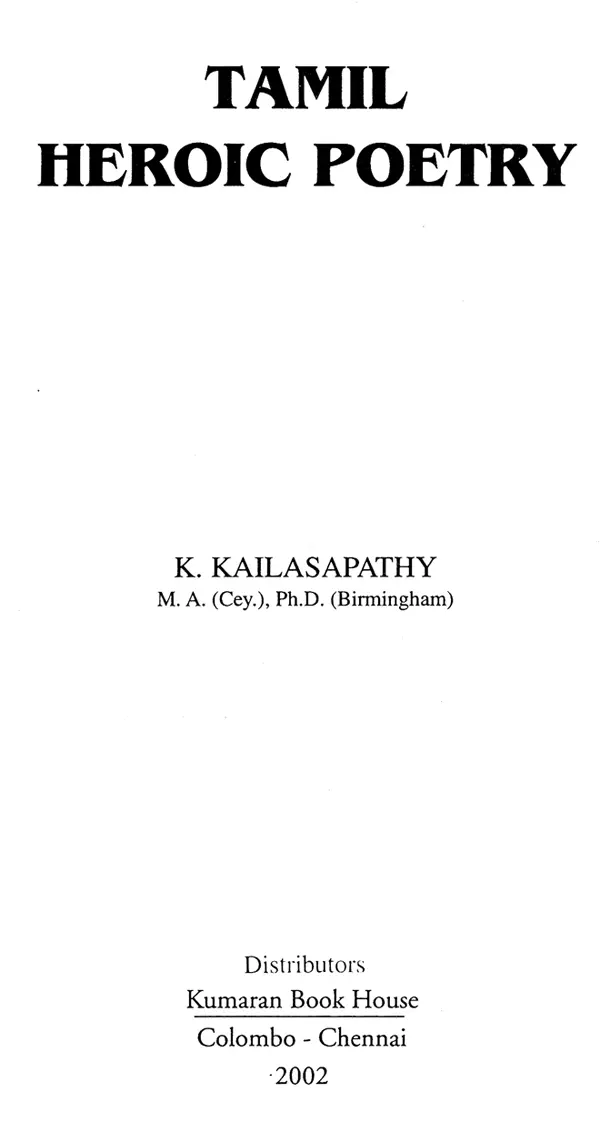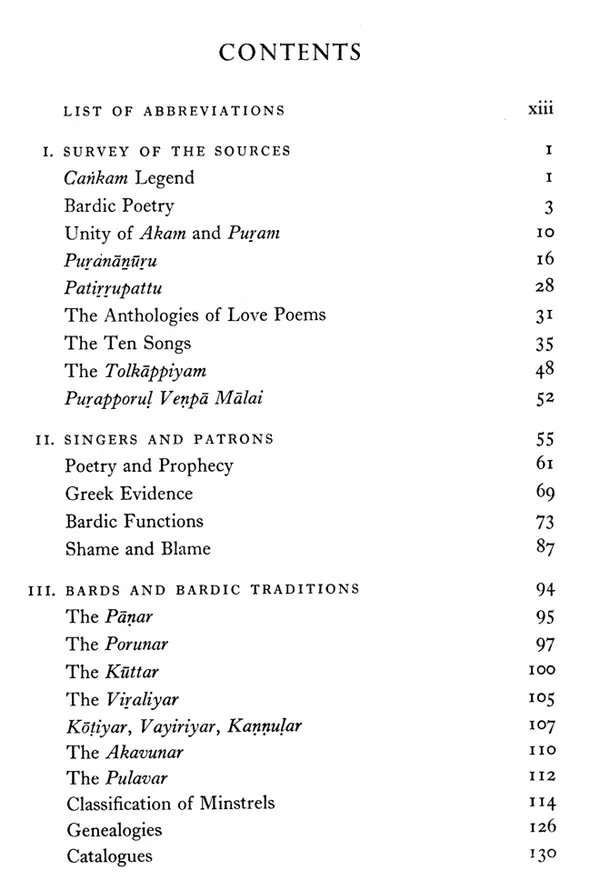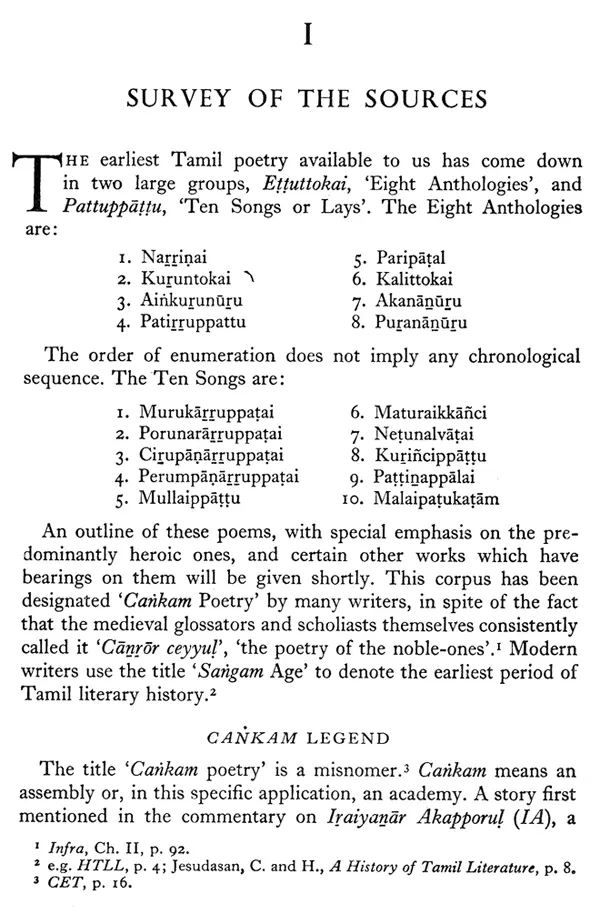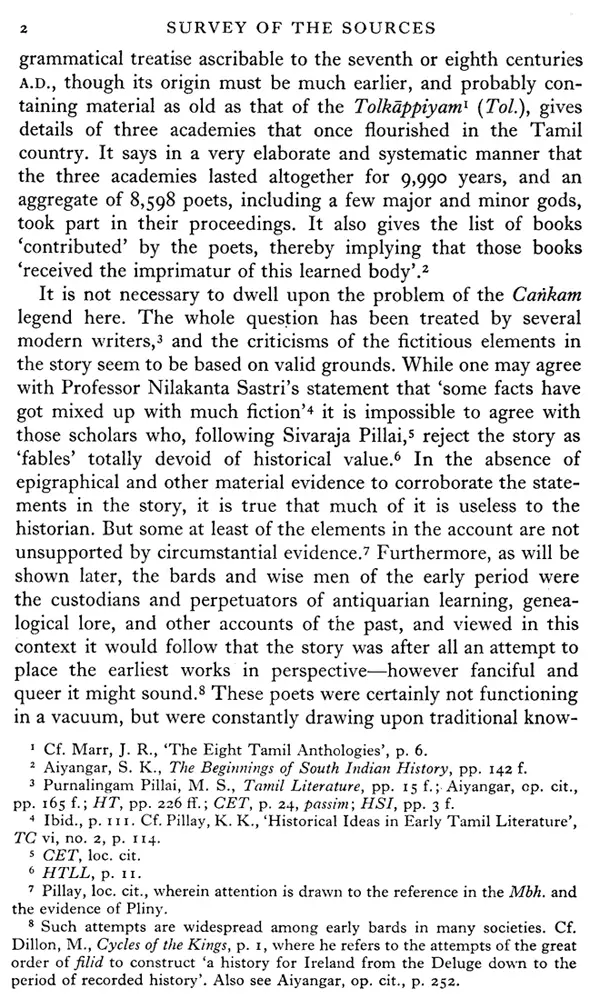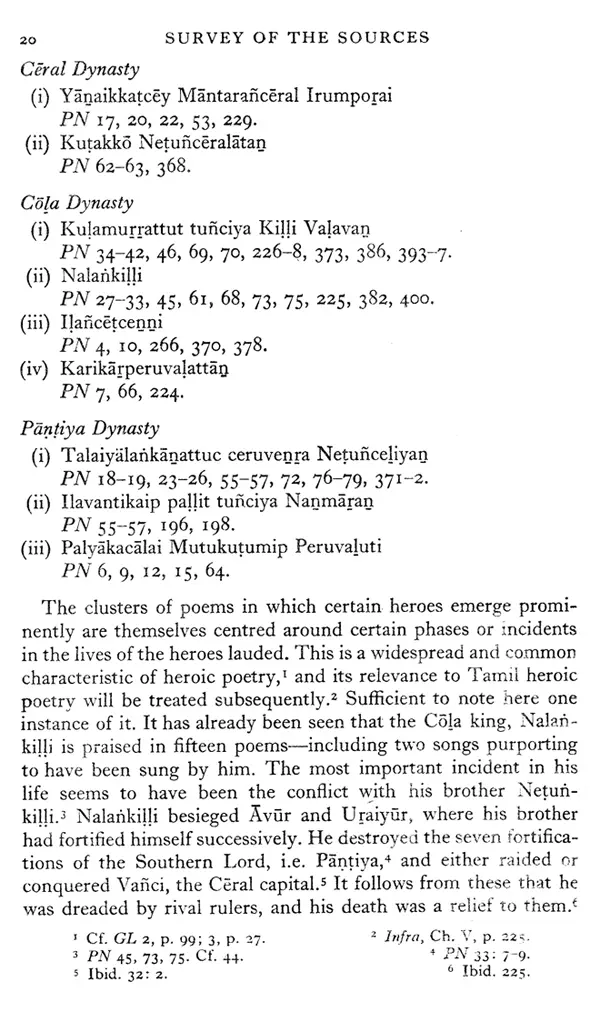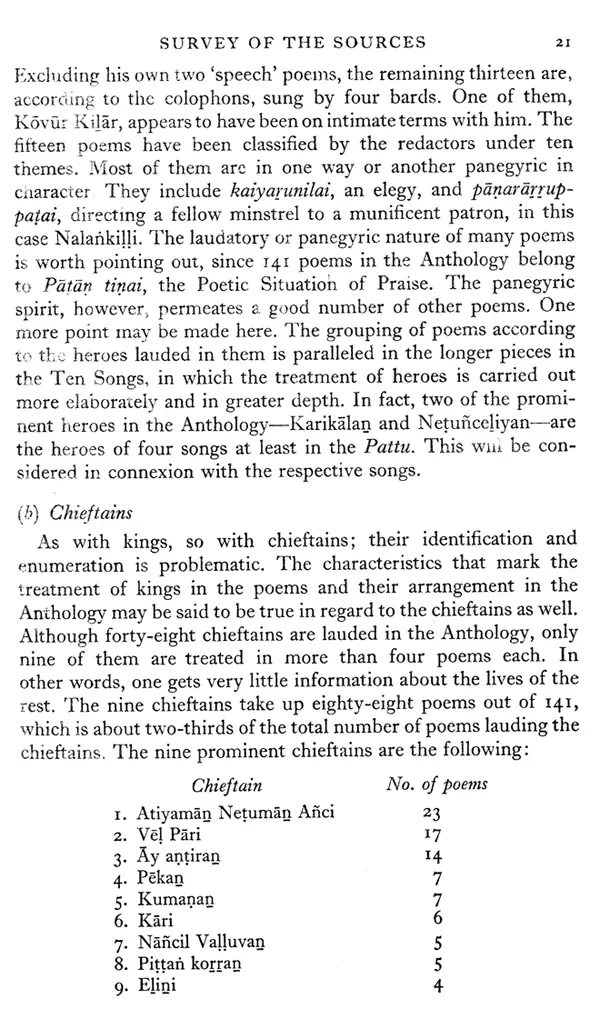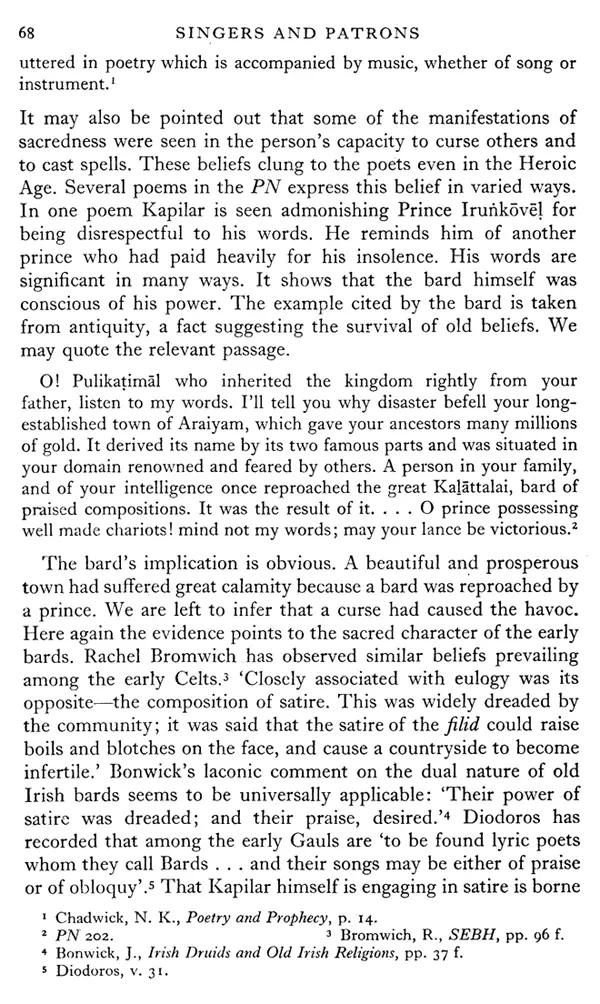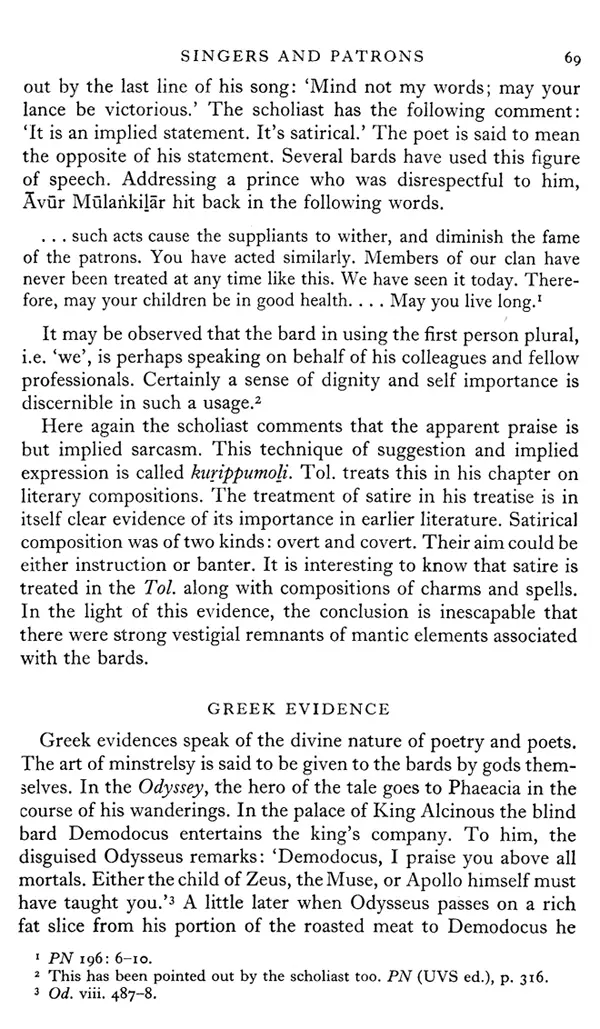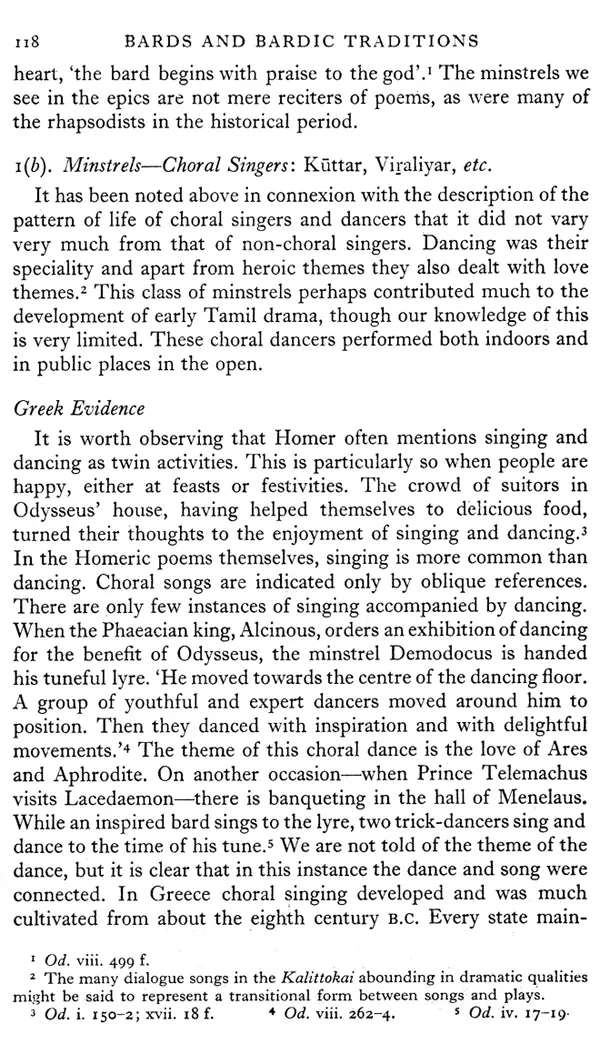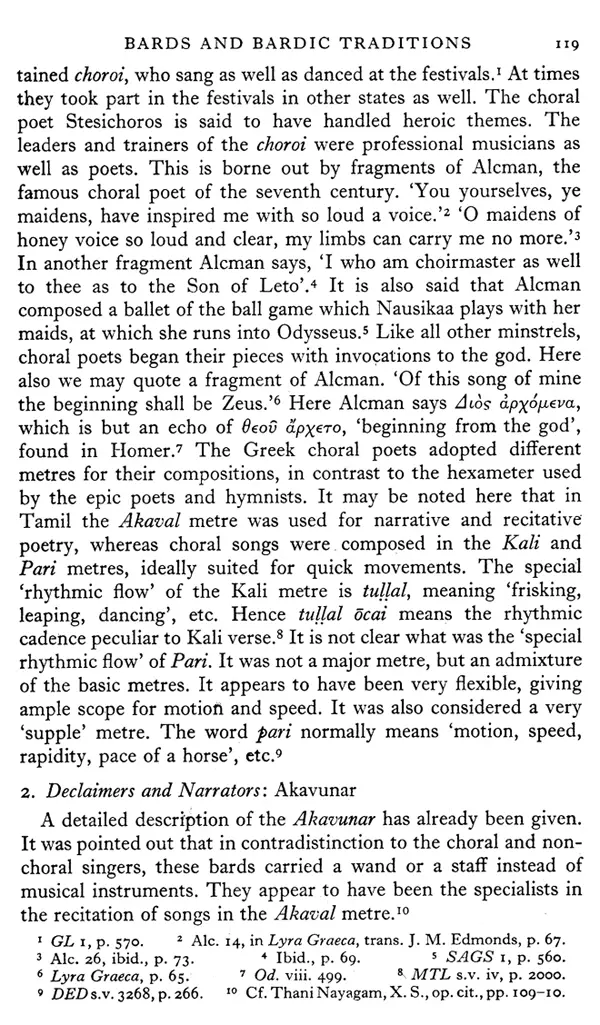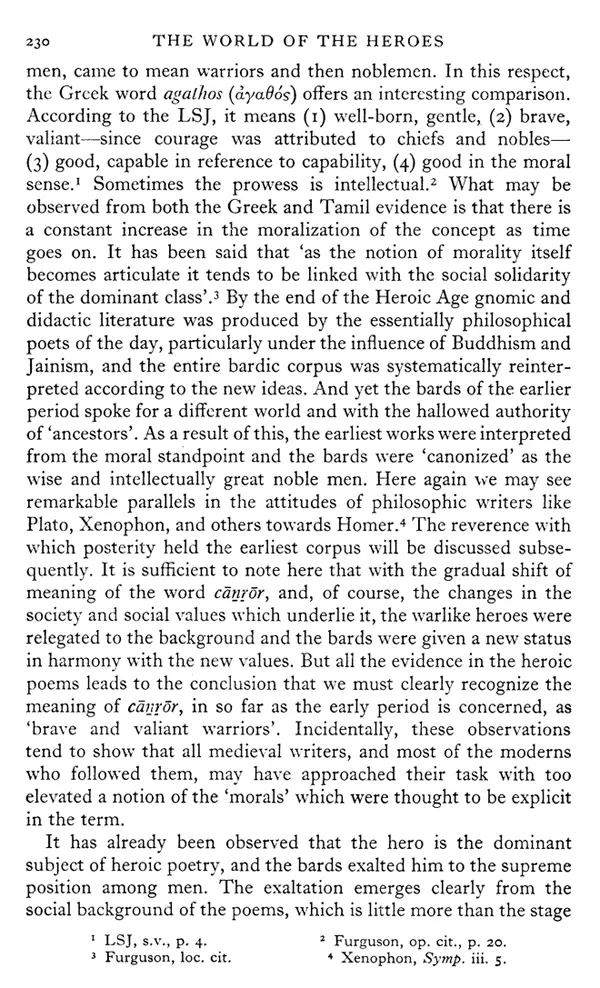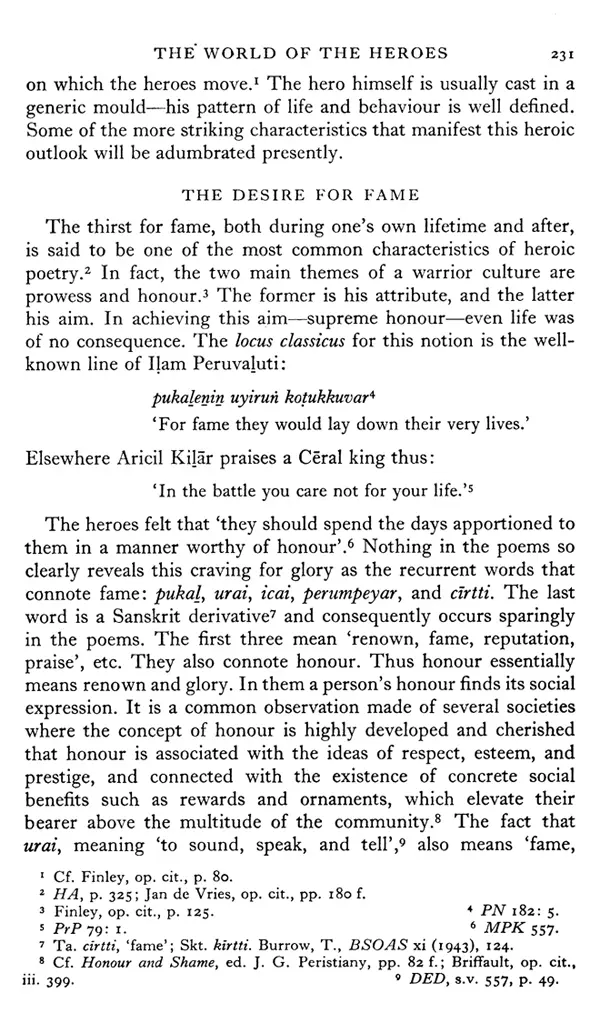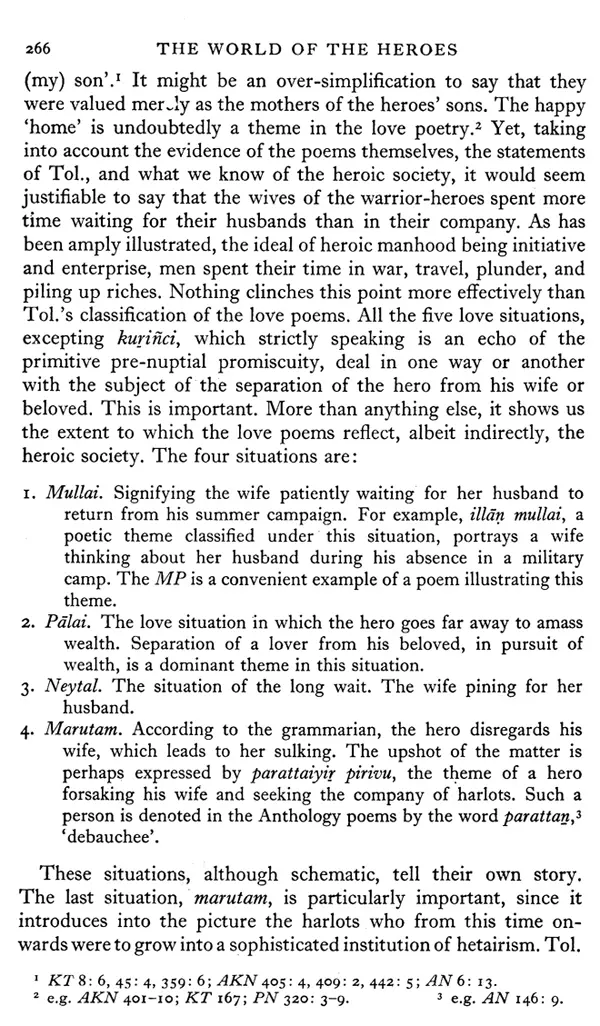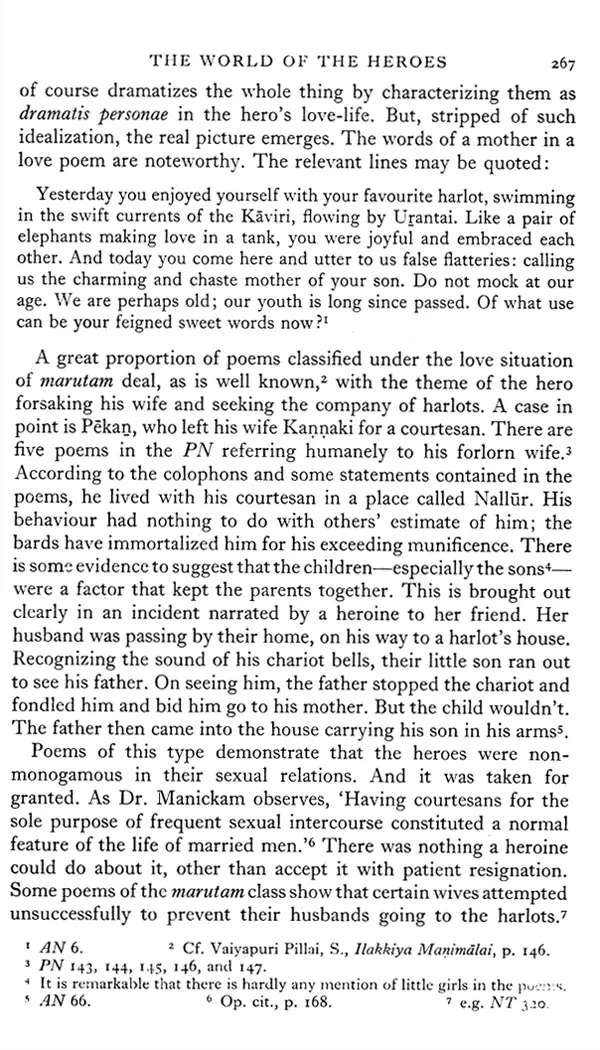
Tamil Heroic Poetry
Book Specification
| Item Code: | UAW305 |
| Author: | K. Kailasapathy |
| Publisher: | Kumaran Pathippakam, Chennai |
| Language: | English |
| Edition: | 2002 |
| Pages: | 282 |
| Cover: | HARDCOVER |
| Other Details | 8.90 X 5.90 inch |
| Weight | 540 gm |
Book Description
THE aim of the present study is twofold. Firstly, in general, to apply the comparative method to the study of early Tamil poetry, and secondly, in particular, to compare Tamil poetry with Homeric poetry, showing that both reflect the conditions of the so-called Heroic Age.
The idea of such a study is not in itself new. Writing about the early Tamil works in general, G. U. Pope (1885) remarked that their resemblance to the corresponding poetry of Greece is 'remarkable as to their sentiments, and the state of society when they were uttered'. S. Krishnaswami Aiyangar observed (1923) that some of the Cankam poems are like the heroic tales from out of which sprang Homeric Iliad'. It remained, however, for N. K. Sidhanta (1927) to suggest a concrete line of inquiry. In themes and their treatment, he observed, Tamil poetry invites a comparison with heroic poems in other languages'. Following Sidhanta, S. Vaiyapuri Pillai (1952) emphasized the relevance of Chadwick's Heroic Age for the interpretation of early Tamil minstrelsy, and ventured the opinion that some at least of the earliest poems might be taken to reflect the spirit of a Heroic Age.5 Recently J. R. Marr (1958), in his monograph on the Eight Anthologies, has mentioned en passant that Tamil bardic poetry has certain features in common with other heroic poetry. Two other studies, treating Nature and Love, have drawn attention to the existence of Greek parallels.
To this extent, therefore, the present study has its starting point in a long line of suggestions. In attempting to advance beyond them, full use has been made of the results achieved by H. M. and N. K. Chadwick on the heroic poetry of different peoples, embodied in their monumental work The Growth of Literature.
As a result of Chadwick's work, which largely dealt with the Teutonic and Greek Heroic Ages, other similar epochs have been studied. The Icelandic, Slavonic, and Sanskrit heroic poetry received early attention and a relatively greater amount of scholar ship. The Sumerian' and African heroic poetry has been brought to light recently. All these studies derived from the work of the Chadwicks.
It is believed that by applying this method new light can be thrown on a number of unsolved problems in the study of early Tamil poetry. Most students recognize in this poetry 'a quantity of literary evidence of unique value providing sober and realistic pictures of early Tamil Country' But such unanimity of opinion has never prevented different scholars from seeing different things often belonging to different periods in the very same poems. Commenting on the bewildering diversity of answers given to questions of chronology, it has been said: 'indeed one cannot help thinking that the methods of investigations that have been pursued must have been vitiated by some radical defect, when one notices that all possible dates between the first and tenth century after Christ have been assigned with greater or less confidence to the Sangam period'. Although many scholars now tend to attribute the Anthologies to the early centuries of the Christian era, the problem of their origins remains. Great efforts have been made to fix the precise dates of these poems, but no agreement has been reached. I believe that this is partly because insufficient attention has been paid to the conditions in which the poems were transmitted during the early period. One of the basic questions involved is how the poems were transmitted.
